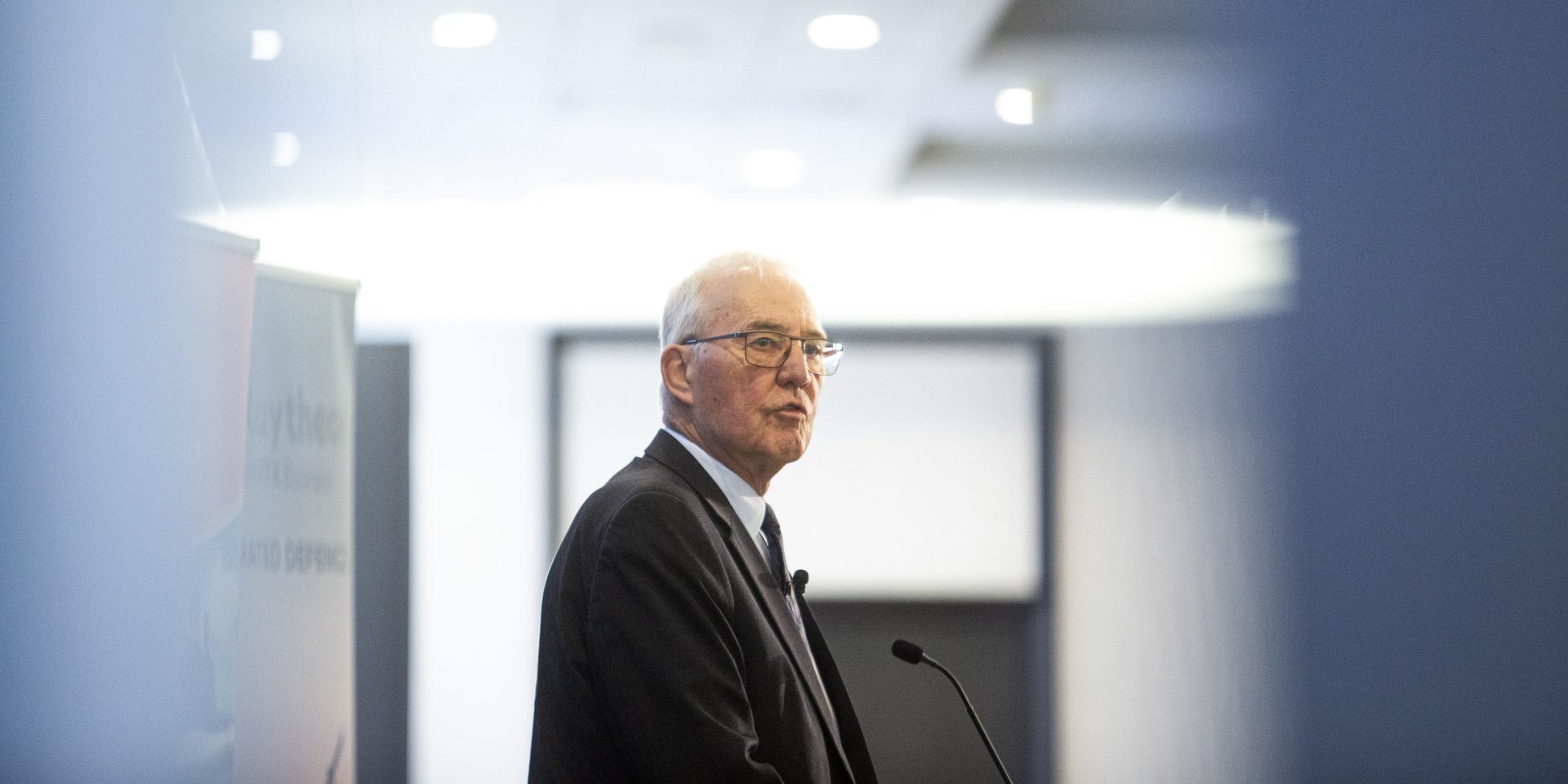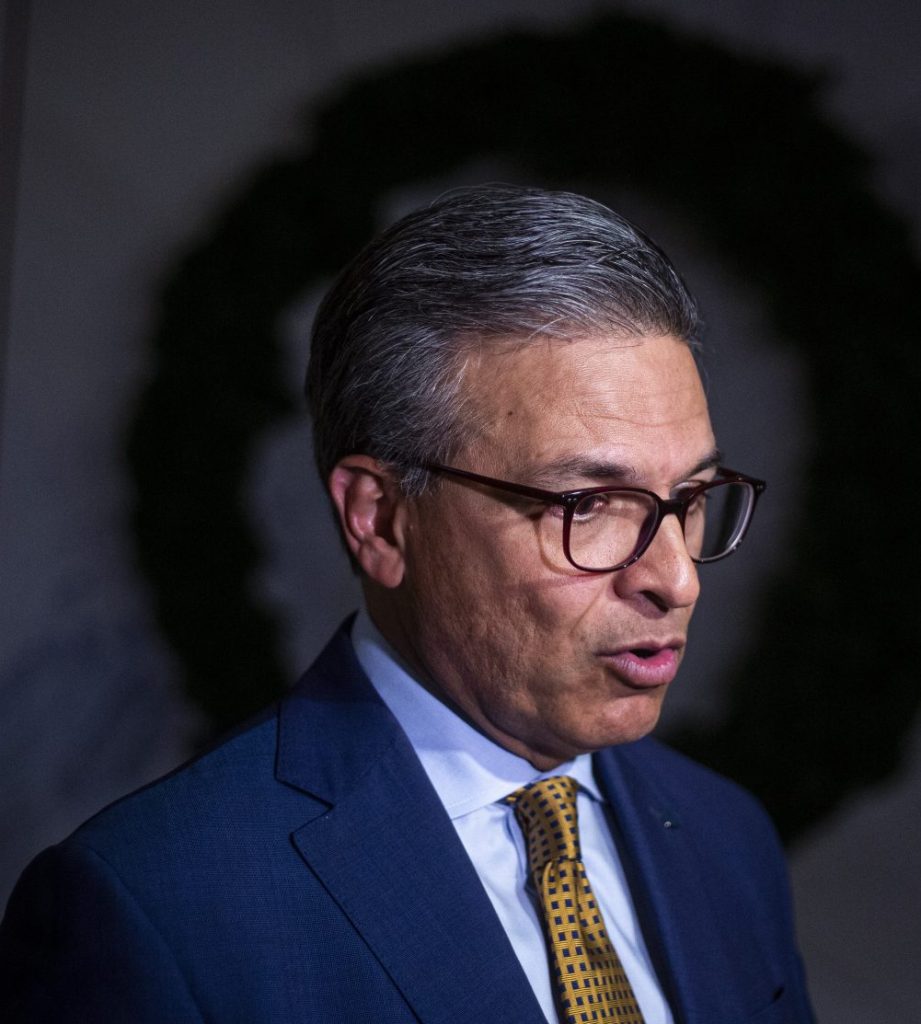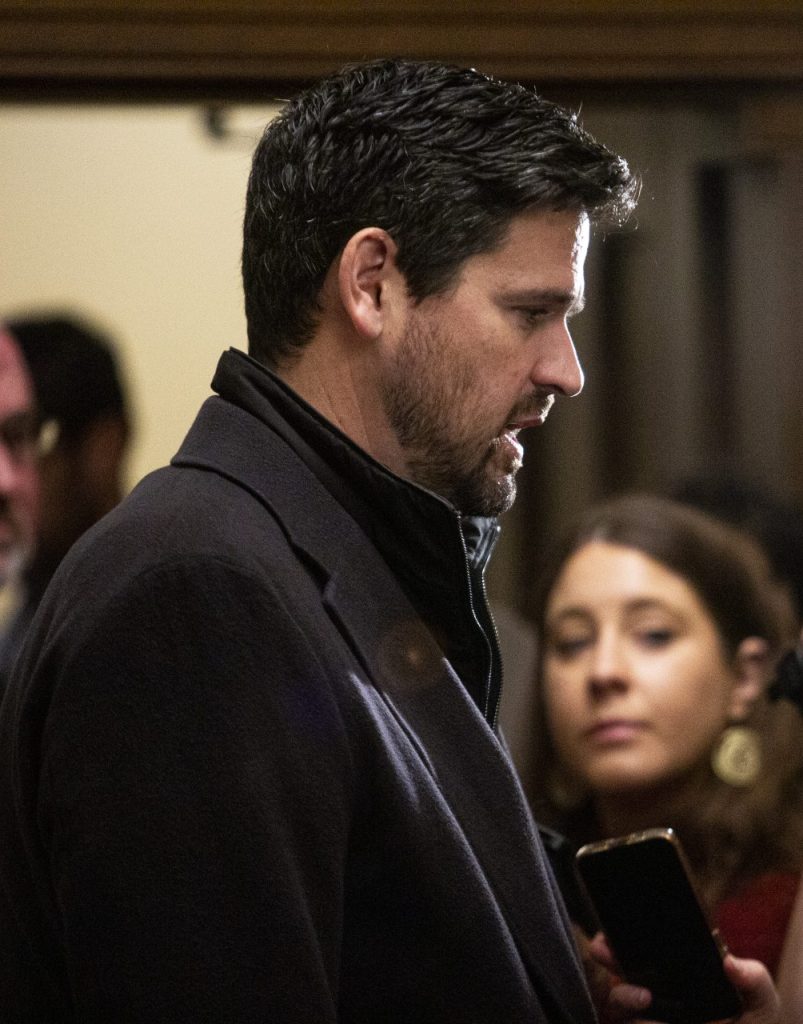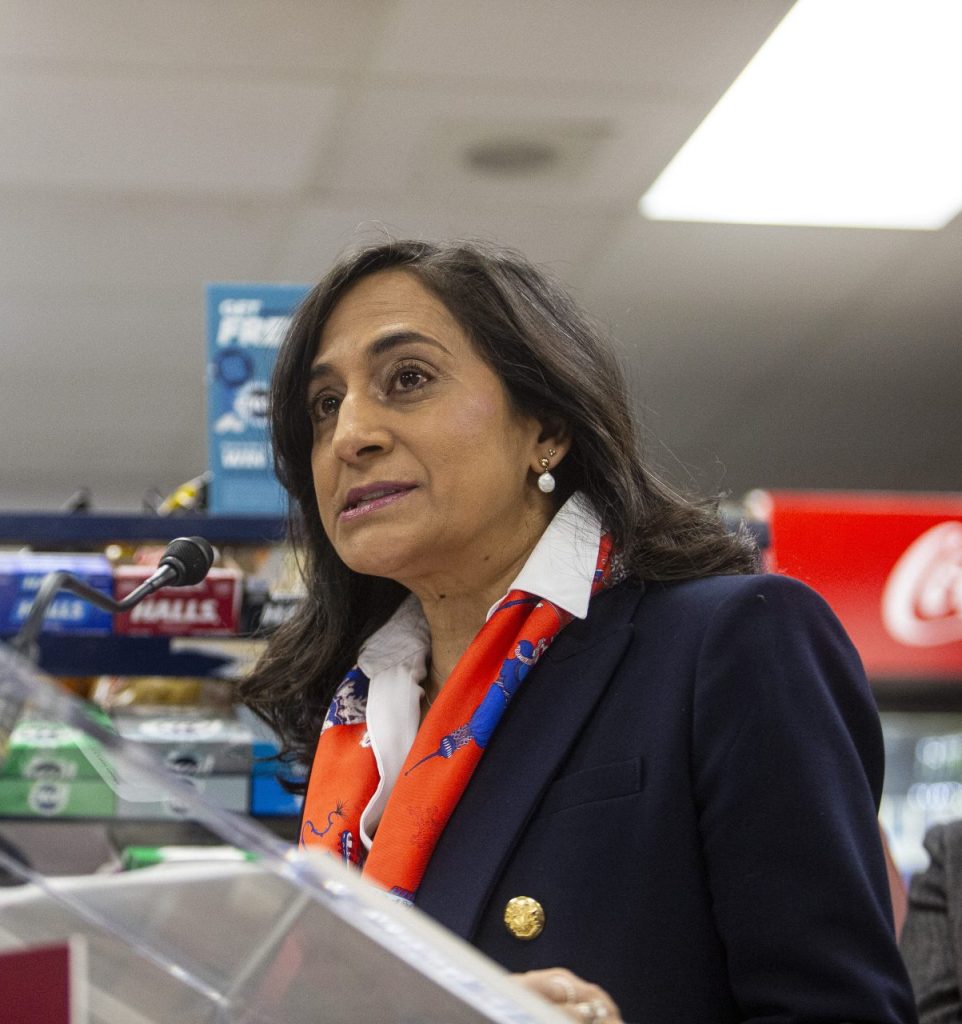DND and CAF ‘exempt’ from further spending cuts, says Blair after department was asked to find $900-million a year in savings

New documents reveal federal programs covering vaccines, cannabis, affordable housing, as well as general operations at the Department of National Defence have seen funding cuts as departments scramble to meet the federals Liberals’ plan to refocus government spending.
Federal departments and agencies had been asked to find $15.8-billion in savings over five years under the government’s ongoing “Refocusing Government Spending” initiative. The cuts were announced in the 2023 budget and the fall economic statement. Departments had until this month to meet their latest spending targets.
Documents released in response to an Order Paper question from NDP MP Peter Julian (New Westminster-Burnaby, B.C.), outlined spending reductions in four federal departments: National Defence, Health, Housing, and Veterans Affairs—departments that run some of the government’s key policy programs and ones already facing spending scrutiny.
The documents said that the Department of National Defence (DND) is not on track to meet its target to reduce spending by approximately $900-million per year.
But the department said it has still achieved millions in savings through reductions in discretionary travel, the use of professional services, general operating expenses, and initiatives not yet started.
Despite these savings, DND acknowledged it hasn’t fully met its reductions targets and that it still needs to identify another $447.5-million in savings over the next couple of years.
Conservative Leader Pierre Poilievre (Carleton, Ont.) took aim at these reduction targets this week.
“One thing [Prime Minister Justin Trudeau] could do today is announce that his planned billion-dollar cut to the military is cancelled and then present a real plan to reallocate money away from lower priorities towards rebuilding our military,” said Poilievre to reporters on Nov. 26.
But Defence Minister Bill Blair (Scarborough Southwest, Ont.) told The Hill Times that his department is exempt from further reductions.
“Treasury Board has made a decision to exempt the Department of National Defence and the CAF from any other reductions that are currently being contemplated,” said Blair.
“We have a responsibility to make sure that we are spending all of our dollars fiscally responsible. There’s no additional cuts being been given to us by Treasury Board,” he added.
Blair also clarified that any spending reductions that were made did not “impact military capabilities or the services and supports that we provide to members of the military.”
Defence spending in the spotlight
This focus on expenditures comes as the Business Council of Canada (BCC) joined calls for Canada to meet NATO’s commitment for members to spend at least two per cent of GDP on defence.

“We are living in a serious moment, and the reality is that economic security and national security are now closely intertwined,” said Goldy Hyder, president and CEO of the BCC, in a statement this week. “The only way we will be able to invest more in defending ourselves and our allies is through an industrial policy that drives prosperity, innovation and job creation.”
Canada is one of eight NATO members that has yet to meet the military alliance’s two per cent of GDP defence spending target.
According to the 2024 NATO figures, Canada spends 1.37 per cent of GDP on defence.
When Blair was asked about DND’s spending reduction targets at a time when pressure is mounting for Canada to spend more on defence, the minister said his government was boosting funding on that file.
“We are boosting defence spending. And, in fact, our budget just this year has gone up over 10 per cent. We’ve got things going forward in the estimates B that I’ve already gone to committee to discuss,” said Blair to The Hill Times.
Blair later said to reporters that his government “nearly doubled defence spending over the past nine years, and we’ve got a very ambitious plan to significantly increase that defence spending.”
Trudeau (Papineau, Que.) has also recently reiterated that Canada will be on track to meet its two per cent NATO commitment by 2032.
“We are on a clear path to reach two per cent in the coming years, because we know that the world is changing and Canada, along with our allies, needs to be ready for it,” said Trudeau at a NATO Parliamentary Assembly session on Nov. 25.
However, the government’s updated defence policy, released last April, projected Canada’s defence spending to hit 1.76 per cent by 2029-2030. A figure the parliamentary budget officer has called into question. The PBO forecasts Canada to hit 1.58 per cent of GDP by 2029-30 in its calculations.
Reassessing Housing Programs
Housing is another area that saw spending cuts, according to the Order Paper question documents.
Housing has been a key priority for the government in the past years, as the Liberals have announced a number of housing programs in their past budgets and fall economic statements. In the 2024 federal budget, the feds earmarked approximately $8.5-billion over five years towards homebuilding and housing affordability.
Even though housing has been a government priority, the Canada Mortgage and Housing Corporation (CMHC) has managed to find spending reductions in its portfolio.
CMHC listed four programs that saw funding refocused elsewhere: the Affordable Housing Innovation Fund and its ‘rent to own’ stream, the Shared Equity Mortgage Providers Fund Program, and the First Time Homebuyer Initiative.
When The Hill Times asked Housing Minister Sean Fraser (Central Nova, N.S.) about why these specific programs had their funding cut, he said programs were assessed on their impacts on creating housing supply and affordability.

“We did an assessment of the programs to figure out what’s actually being used, what’s actually being used to build homes and at prices that people can afford,” said Fraser.
He provided an example of the Liberal’s First Home Savings Account. Fraser said that program was deemed more successful as it saw a bigger uptake in users than the First Time Home Buyers Incentive.
Even with the spending cuts to some programs, Fraser said that his government was spending more on housing overall.
“Despite the fact there may be [a] budget line item here or there that wasn’t fully put to use like with some of the programs that you’ve mentioned, overwhelmingly we’re increasing the spending when it comes to actually housing, and notably in the programs that are designed to boost supply,” said Fraser.
Cuts to cannabis
The documents also show that a number of programs run by Health Canada and the Public Health Agency of Canada (PHAC) will see reduced spending.
Notably Health Canada’s cannabis program will see the biggest spending reductions—about $20.5-million over the next three years.
The department’s pharmaceutical drugs programs, as well as management and oversight services, will also see millions in reduced spending.
As for PHAC, programs dealing with disease prevention, infection control, as well as ‘immunization and vaccine preventable disease’ have seen reductions.
Looming job cuts?
Spending cuts have returned to the spotlight in light of this month’s spending target deadline, with public service unions raising alarm bells over potential cuts to civil service workers.
Just over the past month, there have been cuts and freezes in at least two government agencies.
The Union of Taxation Employees (UTE) said “significant national budget restrictions” led to approximately 600 Canada Revenue Agency (CRA) temporary employees being let out of their contracts early.
While the union representing workers at Immigration, Refugees and Citizenship Canada (IRCC) said the department was “stopping the clock” on rollovers for its ‘term’ employees as of Oct. 31— meaning those contract workers can no longer automatically become permanent employees after three years of service in the same department.

While unions are crying foul over potential public service job cuts, the government insists its spending review won’t impact programs and services that benefit Canadians, like veterans benefits.
The Order Paper question documents said that the ‘Refocusing Government Spending’ exercise did not “did not impact any Veterans Affairs Canada programs or initiatives.” That department managed to find $11.5-million in savings by targeting ‘discretionary spending.’
Other than operational budgets, the feds said savings would be achieved through the ‘natural attrition’ of the public service workforce.
“I have written a letter to ministers, and I have said that the budget states natural attrition, and I’ve also specified that these savings should occur without cutting services and programs,” said Treasury Board President Anita Anand (Oakville, Ont.) to The Hill Times.
The Hill Times





 LICENSING
LICENSING PODCAST
PODCAST ALERTS
ALERTS













